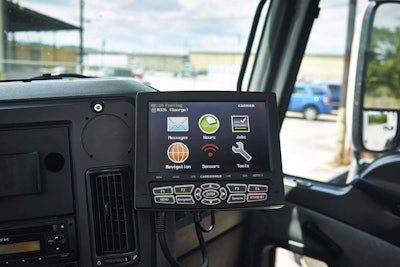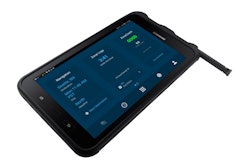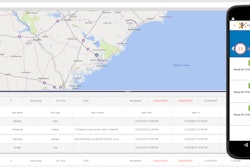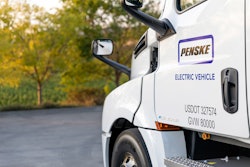 Now that the ELD deadline has passed, motor carriers are looking to place safe technology bets in 2020 that will provide immediate cost savings.
Now that the ELD deadline has passed, motor carriers are looking to place safe technology bets in 2020 that will provide immediate cost savings.Celadon was the largest fleet to go bankrupt in 2019, but hundreds of other carriers left the industry. Overall, the number of trucking bankruptcies increased by 300% from 2018, according to industry data tracked by Broughton Capital.
Economic signs indicate the trend may continue through 2020.
One of the best lines of defense against a freight recession in 2020 is to invest in technology that delivers immediate cost savings. Safety technology is attracting a lot of investment, especially with insurance costs this year expected to rise 25%.
CCJ recently detailed the efforts made by Smith Transport to enter 2020 with momentum by implementing a new video-based driver safety system.
Motor carriers no longer need to invest in technology to meet the ELD compliance deadline, however. Technology suppliers who focused on meeting demand for ELD compliance in the last four years may have missed the boat for what technology carriers will be looking for now, says Chris Wolfe, chief executive officer of PowerFleet.
ELDs will not help get drivers loaded or unloaded faster or prevent them from wasting time searching for a trailer on a yard or hooking up to the wrong one. ELDs do not prevent cargo claims, either.
PowerFleet has products for ELD compliance, but Wolfe said the main focus has always been to increase the velocity of freight transactions. Using technology to increase the velocity of shipments “is the only way to squeeze out more cost,” he says.
As a fleet management technology supplier, PowerFleet has industrial Internet of Things products that deliver freight visibility down to the pallet level and SKU for carriers and shippers. Its freight sensors can detect changes to temperature or vibration and shocks during transit to help prevent and mitigate cargo claims, he says.
The company also has freight cameras that detect the volume of freight in a trailer to determine its loaded or empty status. When drivers are dispatched to pick up a trailer, they can be assured it is ready, and data captured by the sensor lets fleets can know what percent of additional capacity in the trailer is remaining.
Looking ahead, Wolfe says freight transactions will be able to manage themselves by sharing data in a secure blockchain that automatically hands off information between parties.
The focus can’t just be on speeding freight movements, however. “We know that is going to cause problems with safety and security,” he says.
The freight camera can also be used as a safety tool. Machine learning in the camera can instantly detect problems with how freight is loaded and sense a shift that creates an unsafe operating condition, he says.
By combining new technologies such as freight cameras with telemetry devices down to the pallet level, Wolfe says it is possible to know the weight of a load, and how that weight is distributed on the tractor and trailer axles before dispatching a driver to pick it up.
New safety systems on the horizon will also be able to predict when and where the next accident will occur by bringing together various sources of real-time data, from risky driver behaviors to weather and road conditions, he says.
Motor carriers no longer have an ELD deadline, but investments in technology will continue to focus in 2020 on increasing the safety and efficiency of drivers and assets to avoid becoming another statistic when the dust settles.













